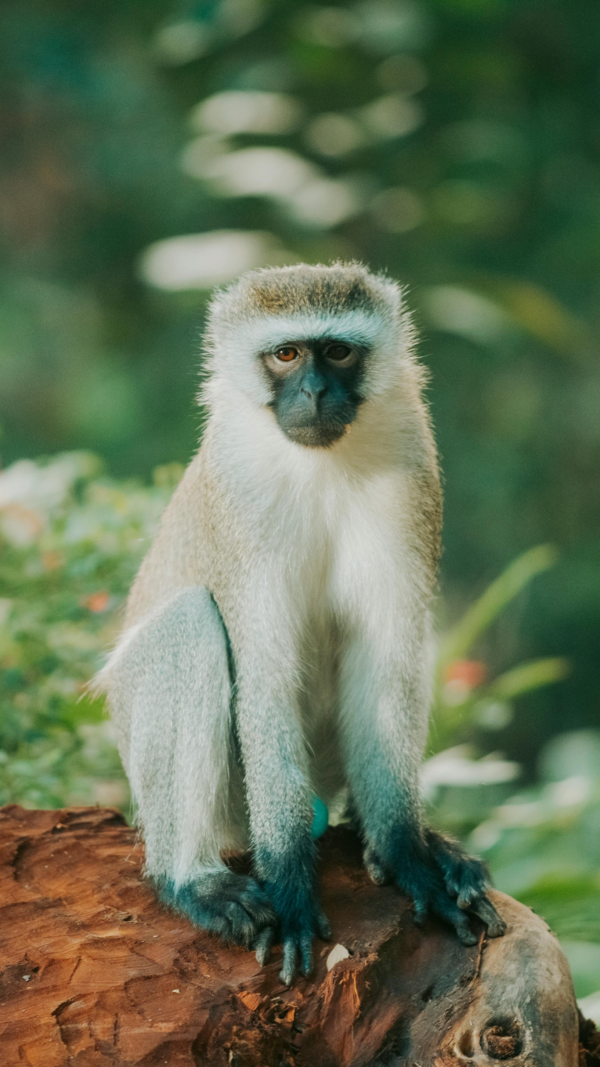5 Ancient predators that ruled the earth before dinosaurs

5 Ancient predators that ruled the earth before dinosaurs
Long before the age of dinosaurs, the Earth was home to formidable predators that ruled the ancient ecosystems. These creatures dominated their environments, thriving in a world vastly different from the one we know today. Their incredible adaptations made them fearsome hunters, long before the mighty Tyrannosaurus rex ever walked the planet. Let’s take a closer look at five of these ancient predators that reigned supreme before the dinosaurs.

Anomalocaris: The Terror of the Cambrian Seas
Period: Cambrian (around 520 million years ago)
Anomalocaris was a gigantic predator during the Cambrian period, a time when life was just beginning to explode with diversity. This bizarre creature could grow up to three feet long, a massive size for its time. Anomalocaris was equipped with large, compound eyes and formidable, spiny appendages that it used to snatch prey. It likely feasted on trilobites and other early marine animals, and its flexible body allowed it to swim swiftly through ancient seas. As one of the earliest apex predators, it ruled the oceans with little competition.

Dimetrodon: The Sail-Backed Predator
Period: Permian (around 295–272 million years ago)
Often mistaken for a dinosaur, Dimetrodon actually lived long before dinosaurs appeared. This sail-backed reptile, with its sharp teeth and strong jaws, was one of the top predators of the Permian period. It grew up to 15 feet long and preyed on smaller animals, including reptiles and amphibians. The distinctive sail on its back, made of elongated spines, may have helped regulate body temperature or been used for display. Dimetrodon’s role as a dominant predator in its ecosystem shows just how successful early terrestrial predators could be.

Gorgonopsids: The Sabre-Toothed Hunters
Period: Late Permian (around 260 million years ago)
Gorgonopsids were fearsome predators that thrived during the late Permian period. These creatures had long, saber-like teeth and powerful jaws, which they used to bring down large prey. Some species of Gorgonopsids grew up to 10 feet long, making them among the most dangerous animals of their time. Their hunting strategy likely involved swift, aggressive attacks on other large reptiles and early mammal ancestors. Gorgonopsids were the top predators until the mass extinction event at the end of the Permian period, which wiped out a significant portion of life on Earth.

Pterygotus: The Giant Sea Scorpion
Period: Silurian to Devonian (around 430–360 million years ago)
Pterygotus was an enormous sea scorpion, one of the largest arthropods to have ever existed, reaching lengths of up to 8 feet. It lived in the ancient oceans, where it was an apex predator. Its large, clawed appendages allowed it to capture and crush prey, including early fish and other marine creatures. Pterygotus had excellent vision thanks to its large, compound eyes, and its body was built for fast swimming. This sea scorpion dominated the seas long before the rise of sharks and other large marine predators.

Dunkleosteus: The Armored Fish
Period: Late Devonian (around 360 million years ago)
Dunkleosteus was a massive, heavily armored fish that lived during the Devonian period, known as the "Age of Fishes." This prehistoric giant could grow up to 33 feet long and had a powerful bite capable of crushing its prey, which included other fish and marine reptiles. Instead of teeth, Dunkleosteus had sharp, bony plates that acted like blades, allowing it to slice through even the toughest armor of its prey. As one of the top predators of its time, Dunkleosteus ruled the oceans with unmatched ferocity.








